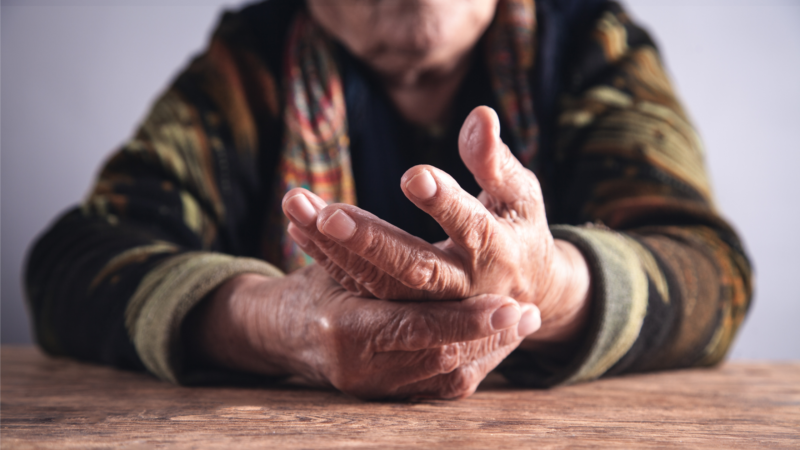Tips for managing arthritis in your hands or wrists
Have you noticed your hands and wrists not working like they used to? Perhaps opening that new jar of jam has become impossible, turning the key in the door causes a twinge of pain, or using a knife and fork is more difficult.
Loss of grip strength in the hands, feeling stiff in the fingers, and swelling or pain in any joints of the hands or wrist can all be a sign of arthritis.
Arthritis is a general term for conditions that affect the normal function of your joints, muscles, bones and surrounding structures. Osteoarthritis and rheumatoid arthritis are common types of this condition that can affect virtually any joint in the body.
It’s important to know which type of arthritis you have, as treatment can differ accordingly. Seek the help of a medical professional if you have not had a proper diagnosis for your arthritis.
If you are finding day-to-day life more challenging due to arthritis, there are some self-management strategies you can try that could help.
Take notice of the pain and change your activity accordingly
Don’t ignore arthritic pain as pain can be a signal that the joints, bones and muscles need to have a rest. It’s important that you don’t completely give up activity, though, but you may be able to alter the way you do a task or take regular breaks in between.
Take knitting, for example. If you are finding your hands are aching after a knitting session, you don’t need to cut out your hobby entirely. Instead, try to break up your knitting session into shorter intervals, giving your hands a rest and a chance to stretch into different positions.
Use larger joints when possible
Larger joints tend to be stronger, as there are more surrounding muscles and supportive structures. When carrying heavy items, such as groceries, try to carry bags on your shoulders if possible rather than in your hands. It will reduce the amount of strain on your painful joints.
When doing certain repetitive movement tasks, such as stirring ingredients in a bowl, try not to limit the movement to one particular joint. Share the movement across more joints or get some stronger muscles involved. Try to spread the load out where possible, for instance using two hands instead of one.
Utilise helpful tools and equipment
There is an abundance of helpful devices out there to make your life easier – things like special devices to make opening jars easier, or thicker handles for kitchen utensils to make gripping more comfortable. You’ll be surprised how many helpful tools are available on the market.
Heat packs and ice packs
Do you wake up feeling stiff and sore, but a warm shower gets the bones moving again? Heat packs, or even just running your hands under some warm water, can provide temporary relief for stiffness, whereas cold or ice packs can provide some relief for swollen joints. If you’re unsure whether you need heat or cold, a physiotherapist can help you out.
Keep active! Gentle stretches and regular movement
It’s important to remember that movement and exercise does not mean you are damaging your joints further. Exercise, stretches and gentle movements are all recommended in managing your arthritis.
Some simple hand exercises to try:
- Opening and closing your hand – stretch the fingers all the way out and then close your hand into a fist. Do this slowly and repeat 8 times.
- Relax your fingers and gently roll your wrists in circles – complete 5 circles clockwise and 5 circles anti-clockwise.
- Stretch open all your fingers with the palm facing upwards – starting with the thumb, gently bend each finger, one at a time, towards the center of your palm. If you can’t touch the palm with the bent finger, that is OK. Just bend as far as is comfortable then straighten the finger.
Seek the help of a physiotherapist for a tailored exercise program that will help to manage your arthritis. Strengthening the muscles and supportive structures in your hands, wrists and arms can help to take the load off the sore bones and joints and keep you doing the things that you love.
At The Physio Co, our team specialise in seniors health and we are here for you and your physiotherapy needs. Get in touch with our team today – we’d love to help!
Article written by Kathy Soo – Team Leader / Physiotherapist



 1300 797 793
1300 797 793